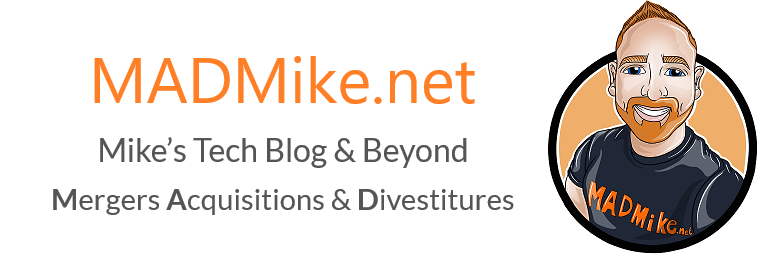Throughout our MAD Change series, we’ve outlined the steps organizations must take to ensure successful change management during Mergers, Acquisitions or Divestitures.
Once you’ve completed the Impact to Inspire phases, the final step is Integration.
In this video, MJ and I discuss how to bring everything together and why you shouldn’t be complacent.
Transcript: Change Management Integration
MJ: As we reach the final phase of our framework, what does Integrate actually mean?
Here we assume that the majority of our teams have adopted the policies, procedures, systems and new culture. You’ll notice I said ‘majority’ because we know that total integration takes time.
But once we have the majority, we can then slowly work towards that final overall integration.
Mike: Why is the Integrate phase so important? We’re trying to get back to being a high-performance team – that’s the ultimate end goal of this.
This is where people feel comfortable to take risk again, and with risk comes innovation. In the Investigate phase we introduced the Quad Model:

This is the phase where we want most of our people to be in that ‘I belong’ category. In this phase, most people are there; we want to draw in the rest of the team and bring them up into that category.
The end result is a high-performing team.
MJ: So how are we going to lead our teams through this final phase, to complete Integration?
Well, firstly, this is a dynamic framework, so you will have during this process sometimes gone back to previous phases and adjusted your approach. That would be quite typical, but what we want to do here is, number one, review where we are. What is the level of integration?
Learn. So, learn from what you’ve previously done, but also learn where your team are now and where the gaps are. Adapt your strategy accordingly and then put the new plan in place.
This is a continual process of review, learn, adapt, proceed. And in doing that, we will slowly win hearts and minds.

What you will find at this phase, is that there may be new change that starts to be introduced, so there may be a period where you will have to manage two elements of change at different phases. What I would say is don’t assume that this is final, don’t assume that you have now integrated everybody – keep going back and checking in.
Review, learn, adapt, proceed, and just keep doing it. Good luck.
Integrate Q&A
Mike: So, let’s talk about the integration phase, and it’s interesting. I’ve got a question that I’m going to start off with, which kind of seems to go against the Integration phase, but what do we do when more change happens?
So, in the Integration phase, we’re talking a lot about normalizing a team and surviving the end of this change, but we see a lot, particularly with merger acquisition investiture projects, you know, a company that does one, does another one shortly after. What do you do while you’re still trying to normalize from that change and something else pops up?
MJ: We often see this partly because people think at the Integration stage, that it’s now. You’re right, normalized. Everybody’s adopted it. But, in fact, they haven’t, particularly our political adopters and our reluctant adopters.
However, our stakeholders and the business will want to continue to make organizational changes, and procedures and policies.
Actually, this framework, our iChange framework, enables you to go back to the phases and look at what’s going to be the impact of the new change. What’s going to be the information, how do we inform them? What’s the influence? How can we use our influencers?
And, actually, it’s your influencers that you would use on the next change, so you could have a small working party working on the next change whilst your team are involved in the existing change.
But what I would say is, because it’s such a dynamic model, what you do is you work through it. It might be fast – it all depends on the change. The great thing about this framework is you can just keep going back into it and keep using it.
Method to the MADness
Corporate restructuring inevitably presents multiple challenges, but we hope you’ve found the ideas discussed in our MAD Change series helpful.
The ‘people parts’ are often overlooked when technical change is the focus of attention, but it’s essential to get buy-in from your team every step of the way if your project is to be successful. For expert business coaching and leadership training focused on putting people first, please visit mjinspire.com.
If your organization is embarking on a Merger, Acquisition or Divestiture and you’re in need of Office 365 expertise, please check out Quadrotech’s managed migration services:
